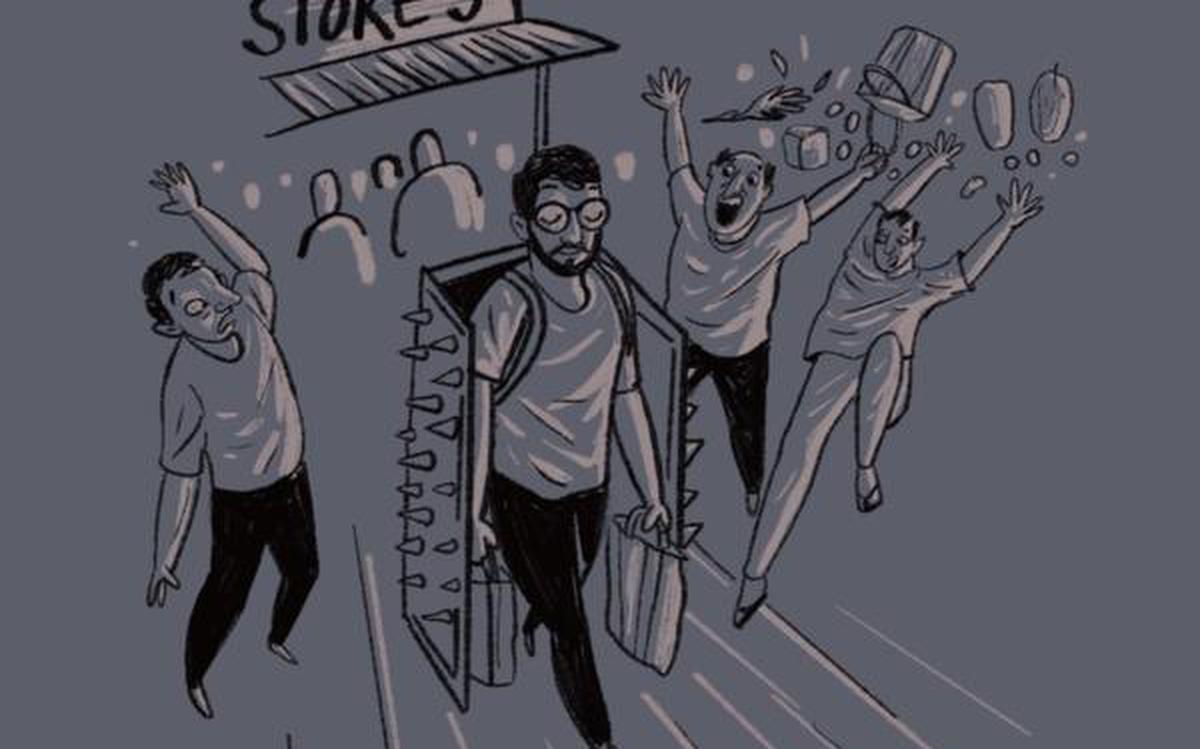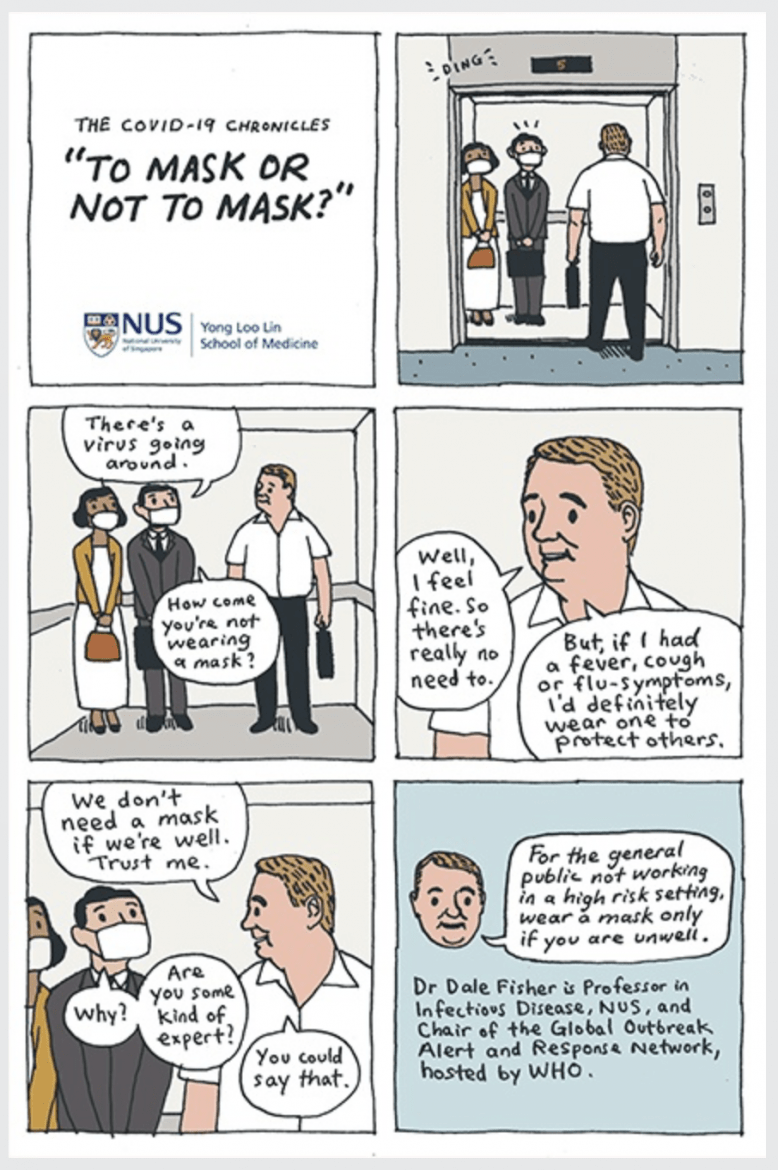HOME
MENU
WHAT CAUSED THEM
TIMELINE
INTERVIEW WITH AN ILLUSTRATOR
THE FUTURE OF COMICS
THE FUTURE OF COMICS
COMIC-CON VISIT
POSTER
As my research has furthered I have discovered that the social and economical problems of the world are more often than not a reflection of the characters and heroes that the comics create, for example WW1/WW2 and Captain America, the heroes are often a reflection of what we wish we had during that time.
I have found this incredibly interesting as, now with the COVID-19 pandemic I am excited to see the effect this current world climate will have on the characters created and the worlds they will be created into.
"Comics have long been part of the visual culture of medicine. From some of the earliest sequential cartoons that depicted morality tales of public health concerns in 18th-century England, to heroic medical comic books of the 1950s in the USA, through international activist comics from the HIV/AIDS pandemic, to present day graphic illness narratives, comics are a unique contribution to our understanding of illness and health. The visual and textual properties of comics can portray the nuances of the illness experience with the immediacy of visual engagement. Graphic medicine is an interdisciplinary field within the health humanities that encompasses the creation, use, and study of comics in medicine and health, and the field has taken up the task of illustrating the COVID-19 pandemic and curating related comics.
Beyond the immediacy of engagement with their visual, textual, and aesthetic properties, comics capture key aspects of the pandemic narrative. The pandemic has transformed bodily and communal spaces and transformed our social interactions and daily routines. These disruptions occur concomitantly across a multitude of perspectives (scientific, political, social, cultural) and levels of seeing (microscopic, personal, national, global) that encapsulate the full scope and impact of the pandemic. Comics can depict and articulate spatial, temporal, and relational aspects of the pandemic in ways that may be more challenging for other media to portray. Harnessing the visual power of maps, diagrams, and symbols, while simultaneously depicting multiple perspectives, comics can delineate the social, bodily, and geographical boundaries that have been impacted by the virus, the reconfiguring of social interactions, and emotional responses to such things as physical distancing, isolation, and the risk of becoming infected.
Invisibility is an important aspect of contagion. Both the viral pathogen and the routes of transmission cannot be seen by the naked eye, lending a mix of fear and doubt about the pandemic experience that can play out in our personal behaviours, politics, and dissemination of disinformation and misinformation. The now iconic medical illustration of SARS-CoV-2 is depicted, reinterpreted, and anthropomorphised in comics. In depicting the coronavirus within our social spaces and placing it in direct conflict with us, comics articulate and legitimise the fears and anxieties of our uneasy relationship with the virus. Similarly, comics can depict epidemiological routes of transmission, at multiple scales, as the virus crosses global, communal, and bodily boundaries to inform and educate about how to prevent spread and protect yourself and others. Although other types of images, like infographics, are able to provide similar information, a strength of comics is that they present this information through engaging visual storytelling that can place the reader into the experience and contextualise the impact of contagion. In making visible the invisible paths of contagion, comics visually articulate the pandemic as an outbreak narrative." (COVID-19, comics, and the visual culture of contagion: Shirlene Obuobi, M K Czerwiec, Ian Williams)


^ The COVID-19 Chronicles from Yong Loo Lin School of Medicine, National University of Singapore
Sayan Mukherjee’s comics on the Covid-19 pandemic reflect the many ways people struggle for surviva